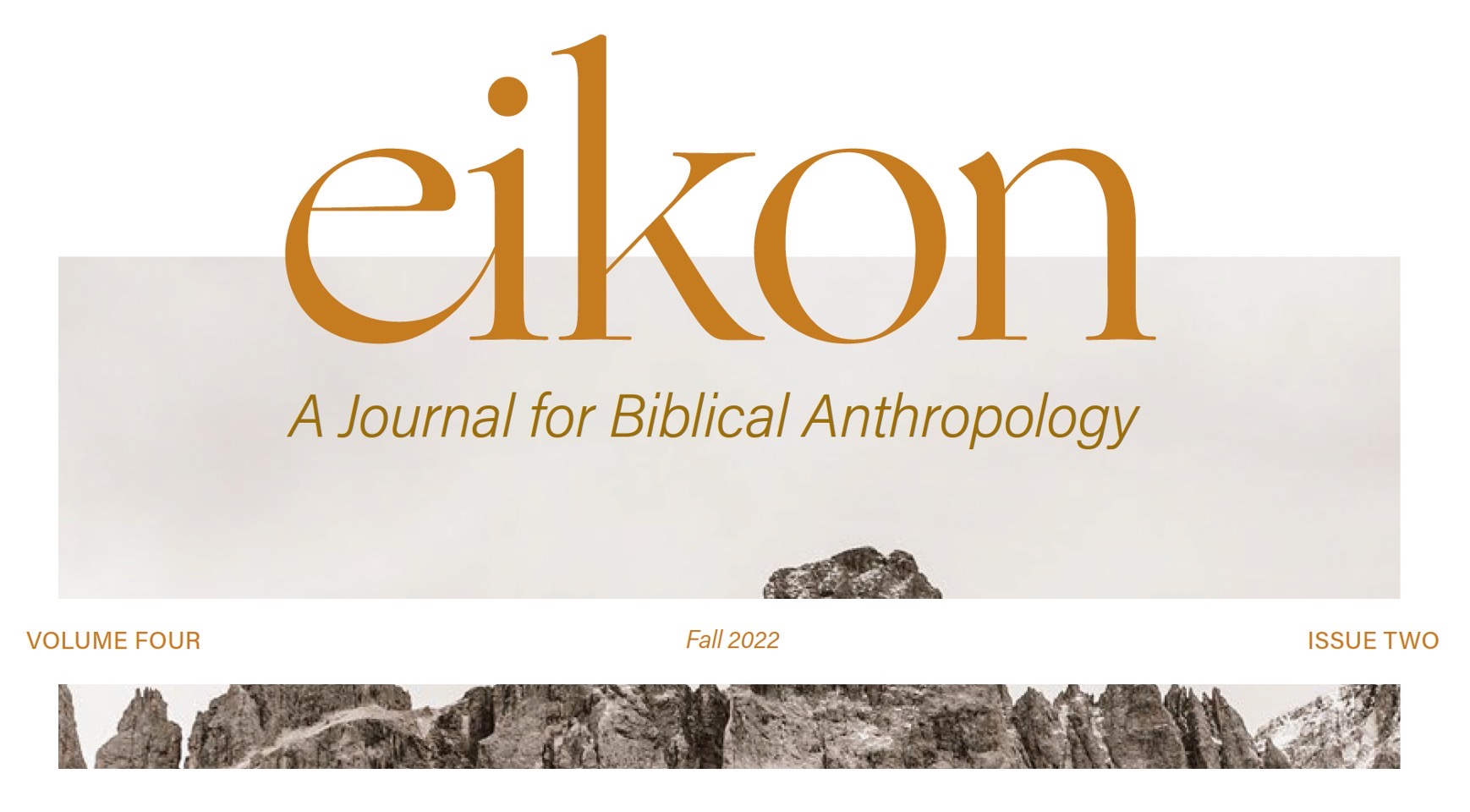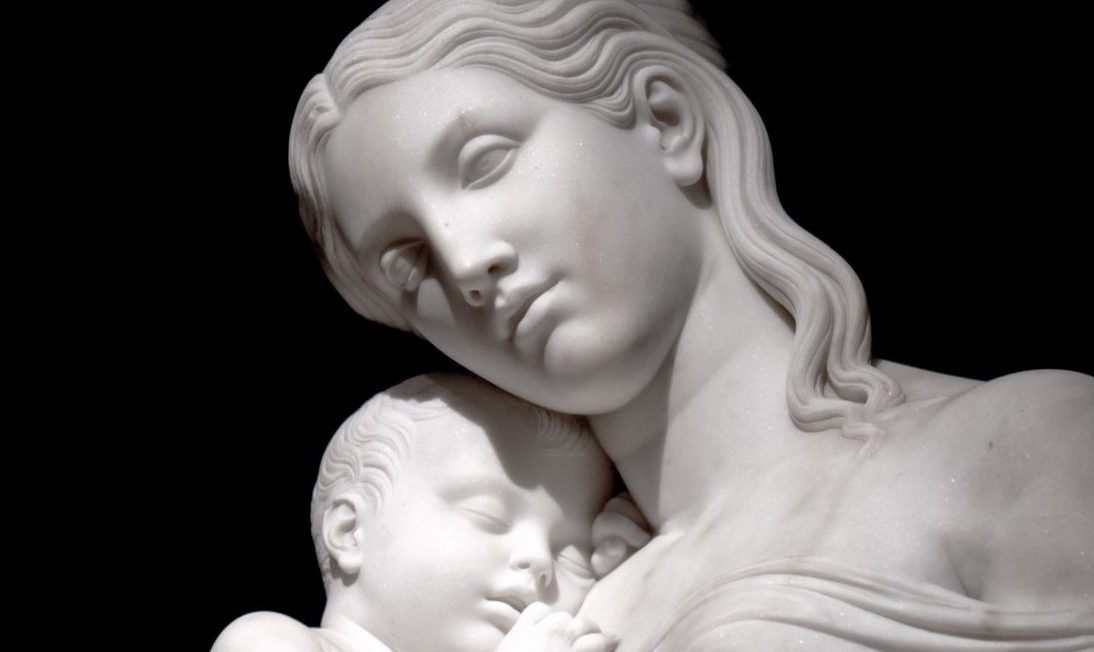Editors note: the following book review appears in the Fall 2022 issue of Eikon.

Durgin, Celina and Dru Johnson, eds. The Biblical World of Gender: The Daily Lives of Ancient Women and Men. Eugene, OR: Wipf and Stock, 2022.
 Introduction
IntroductionThe Biblical World of Gender, edited by Celina Durgin and Dru Johnson, is a collection of essays of various lengths that analyze the Bible’s portrait of men and women. The thirteen essays are organized into four sections: gender roles in the ancient world (Section 1), positive examples of biblical figures (Section 2), negative examples of biblical figures (Section 3), and misunderstood texts concerning gender (Section 4). Most of the essays are no more than ten pages in length, making The Biblical World of Gender accessible and brief.
Section 1 includes four essays. Carol Meyers suggests that archaeological evidence shows that ancient Israelite culture was not as patriarchal as sometimes is supposed, since women had much responsibility and influence within the household. Cynthia Shafer-Elliott stresses that the ancient Israelite household was a heterarchy — as opposed to a patriarchal or egalitarian model — in which power, authority, and responsibility were fluid and shared. Jeffrey Garcia contends that archaeological and inscriptional evidence points to the activity of women in synagogue services; they sat with the men, sometimes read the Torah, and perhaps even were the heads of the synagogue. Finally, Lynn Cohick contends that women in the Roman world had a certain amount of agency, for they could hold a high social status and were not restricted from making public appearances or from speaking in public.
Section 2 collects essays highlighting some of the commendable men and women in the Bible. Carmen Joy Imes writes on the women involved in the deliverance of Moses as an infant. James McGrath highlights the crucial role Jesus’s female disciples played in Jesus’s own ministry. Beth Stovell shows that some of the commendable men in the Bible, such as Joseph, Jonathan, Boaz, Jesus, the Beloved Disciple, and Paul, exemplify the virtues of forgiveness, friendship, and care for family and the helpless.
 Section 3 highlights some less commendable examples of men and women in the Bible. Matthew Lynch argues that Genesis 1–11 portrays equality between males and females as the ideal, and male domination — exemplified in the case of Lamech, the Nephilim, and Nimrod — as the primary cause of violence against women. Nijay Gupta analyzes whether early Christians treated their female slaves with dignity. Given the New Testament’s strong sexual ethic, particularly that found in Paul’s letters, the early Christians must have been taught “to give honor and dignity to all, including female slaves” (84). Dru Johnson’s essay, while acknowledging the biblical motif of the wise woman, demonstrates that the Bible does not refrain from presenting us with examples of sinful women. These stories appear in Scripture not to denigrate women per se, but to show the pervasiveness of sin in both men and women.
Section 3 highlights some less commendable examples of men and women in the Bible. Matthew Lynch argues that Genesis 1–11 portrays equality between males and females as the ideal, and male domination — exemplified in the case of Lamech, the Nephilim, and Nimrod — as the primary cause of violence against women. Nijay Gupta analyzes whether early Christians treated their female slaves with dignity. Given the New Testament’s strong sexual ethic, particularly that found in Paul’s letters, the early Christians must have been taught “to give honor and dignity to all, including female slaves” (84). Dru Johnson’s essay, while acknowledging the biblical motif of the wise woman, demonstrates that the Bible does not refrain from presenting us with examples of sinful women. These stories appear in Scripture not to denigrate women per se, but to show the pervasiveness of sin in both men and women.
Section 4 concludes the book with three chapters on “misunderstood” texts. Sandra Richter analyzes Deuteronomy 22:13–29, showing that the law of Moses, in contradistinction with other law codes in the ancient Near East, did not command a woman to marry her rapist. She also suggests the punishments for sexual sin in the law of Moses are best explained in light of that sin’s effect on the household and the Israelite community as a whole. Janelle Peters presents a brief study (four pages!) on the head coverings in Corinth in 1 Corinthians 11. Peters interprets head coverings as an indicator of individual autonomy, i.e., that one possesses authority over oneself. Thus, Paul’s prohibition that men wear head coverings and his allowance of women to wear them was an attempt to uphold male/female equality. Erin Heim concludes the book with a chapter on Paul’s greetings in Romans 16. Heim notes that Paul greeted women as well as men, holding them in high regard as his coworkers.
Edited books typically include some contributions that are stronger, more thorough, and better-argued than others. So it is with The Biblical World of Gender. The best essays interacted with the biblical text or provided primary-source evidence to elucidate the biblical text. Several essays stand out in this regard. Richter’s essay on Deuteronomy 22 was especially salient for its interaction with Hebrew lexicology and comparative analysis of the law of Moses with other ancient Near Eastern law codes. Gupta’s essay was likewise illuminative for its contrast between the Roman sexual ethic and that found in the New Testament. Cohick’s essay reminds readers that one’s assumptions about the experience of ancient women may or may not be accurate, and that it is too simplistic to rely on Aristotle’s portrait of Athenian daily life as a window into a woman’s experience in first-century Rome. These essays were compelling for their focus on the biblical text and reliance on primary sources for the sake of comparative analysis with the biblical text.
 Nevertheless, other essays failed to convince on the same grounds. For example, McGrath suggests from the Gospel narratives that Jesus learned from women. It was from women that he widened the scope of his mission (beyond the land of Israel), derived ministry practices like the washing of his disciples’ feet, and discerned that not only men could learn and teach (50). The problem with this interpretation is that the Gospel narratives never say this — not even subtly. The Gospels never give the slightest indication that Jesus corrected his own previous misunderstanding due to the influence of women (or men, for that matter). A similar example of a failure to pay close attention to the text comes from Peters’s interpretation of 1 Corinthians 11. Interpreting the “symbol of authority” in 11:10 as individual autonomy fails to convince, for it doesn’t explain how that view logically flows as an inference from 11:8–9. These essays commend greater attention to what the biblical text actually says.
Nevertheless, other essays failed to convince on the same grounds. For example, McGrath suggests from the Gospel narratives that Jesus learned from women. It was from women that he widened the scope of his mission (beyond the land of Israel), derived ministry practices like the washing of his disciples’ feet, and discerned that not only men could learn and teach (50). The problem with this interpretation is that the Gospel narratives never say this — not even subtly. The Gospels never give the slightest indication that Jesus corrected his own previous misunderstanding due to the influence of women (or men, for that matter). A similar example of a failure to pay close attention to the text comes from Peters’s interpretation of 1 Corinthians 11. Interpreting the “symbol of authority” in 11:10 as individual autonomy fails to convince, for it doesn’t explain how that view logically flows as an inference from 11:8–9. These essays commend greater attention to what the biblical text actually says.
The aim of The Biblical World of Gender is not always clear to the reader. The subtitle of the book is “the daily lives of ancient women and men,” which leads one to expect an analysis of ancient Israelite and early Christian lifestyles, as seen from the evidence of archaeology and the biblical text. While some of the essays focused attention on that topic (e.g., Meyers’s essay), many did not, preferring instead an analysis of various biblical texts regarding gender. While these essays may have been insightful, it was not always clear how they intended to cast much light on the “daily lives” of God’s people. Another example in which the book lacked clarity concerns the Bible’s portrait of gender roles. In the introduction the editors downplay the significance of “comprehensive gender roles” in the Bible, which instead evinces a more complex reality (xix). Certainly readers should beware simplistic and anachronistic assumptions regarding gender roles in the ancient Israelite and early Christian household. Nevertheless, I wonder if the book could have probed more deeply the Bible’s prescriptions on gender roles, for it is not as though the Bible is silent on the matter. Careful exegesis of the biblical text illuminates our understanding of gender roles, not simply as those roles are described in the ancient world, but also as they were divinely given to function within the created order.
In conclusion, The Biblical World of Gender will prove a helpful resource for those interested in what the Bible teaches about gender. Its brevity makes it accessible to a wide readership, and on the whole the book presents a cohesive study. At the same time, the book’s brevity and lack of clarity in aim and message may frustrate those wanting a more thorough and careful treatment of the biblical teaching on gender and gender roles.
You, too, can help support the ministry of CBMW. We are a non-profit organization that is fully-funded by individual gifts and ministry partnerships. Your contribution will go directly toward the production of more gospel-centered, church-equipping resources.